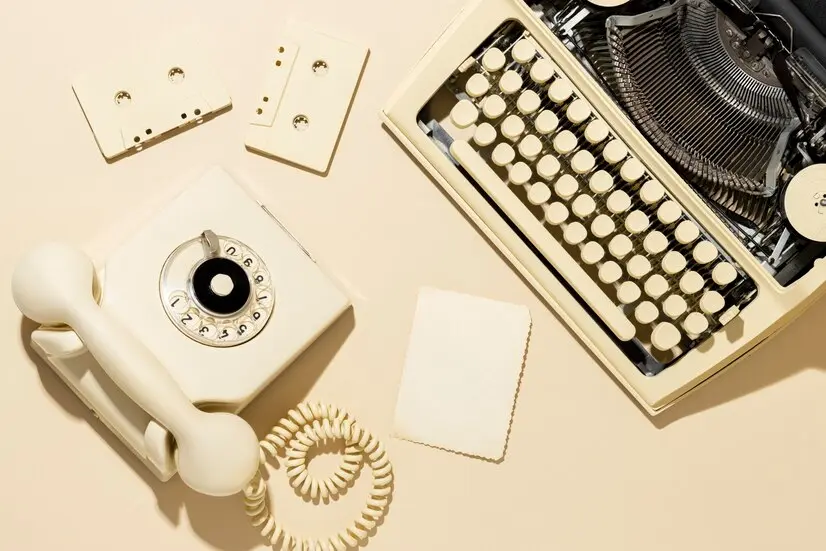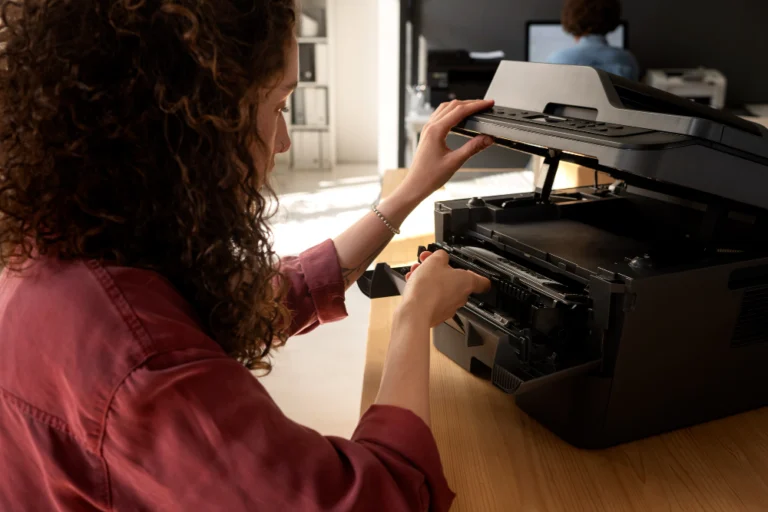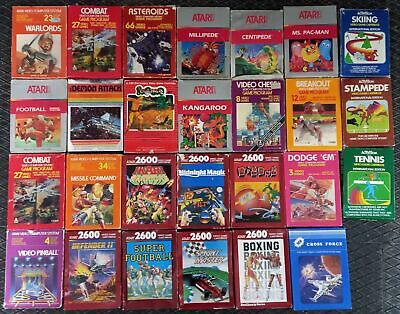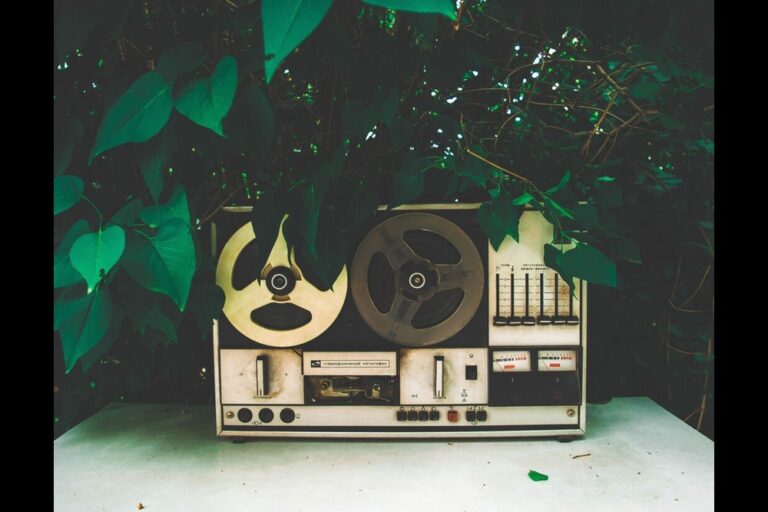
In an age of fleeting trends and overwhelming digital noise, brands are turning to a powerful emotional lever to cut through the clutter: nostalgia marketing. Tapping into cherished memories and retro aesthetics is not just a creative choice—it’s a strategic one. This strategy enables companies to foster a sense of trust, a deeper connection, and brand loyalty, which resonates particularly strongly with Millennial and Gen Z consumers. But how to use nostalgia marketing in advertising effectively, and why does it work so well with younger generations? Let’s explore the emotional science behind nostalgia-driven campaigns and how brands are harnessing the past to win the future.

Why Nostalgia Marketing Works for Millennials and Gen Z
To understand the impact of nostalgia marketing, it helps to recognize the emotional state of today’s consumers. Millennials (born 1981–1996) and Gen Z (born 1997–2012) grew up during rapid technological and cultural changes. Millennials watched the rise of the internet and mobile phones, while Gen Z came of age with social media and streaming content at their fingertips.
Yet both generations harbor a deep emotional attachment to the simpler times of the 80s, 90s, and early 2000s. This is where nostalgia marketing in the digital age finds its magic—connecting present-day products and services with feel-good memories from the past. These emotional triggers increase brand relatability and build stronger consumer relationships.
Research indicates that the feeling of nostalgia is linked to an increased sense of safety and contentment. For Millennials, particularly, it recalls a childhood free from adult responsibilities and economic uncertainty. For Gen Z, nostalgia represents a time they may not have experienced directly but have romanticized through media, older siblings, or fashion trends.
How to Use Nostalgia Marketing in Advertising: Key Strategies
If you’re wondering how to use nostalgia marketing in advertising, it’s not as simple as slapping a retro font on your product label. Effective nostalgia campaigns are thoughtfully crafted, combining storytelling, emotional relevance, and cultural cues that resonate with your audience.
Here are some proven strategies:
1. Reimagine Pop Culture Icons
Brands that bring back beloved TV characters, old jingles, or iconic celebrities in modern contexts often strike gold. Think of the Stranger Things collaboration with brands like Eggo or Coca-Cola. By tapping into 80s aesthetics and characters, these campaigns drew massive attention from nostalgia-craving viewers.
2. Relaunch Classic Products
One way to use nostalgia is by reintroducing discontinued or classic versions of your product. Pepsi brought back Crystal Pepsi, and Nintendo re-released retro versions of its consoles to raving fans. This tactic aligns especially well with Millennial consumers who long to reconnect with the brands of their youth.
3. Merge Old With New
Some of the most effective campaigns blend vintage elements with modern technology. Burger King’s retro logo redesign took inspiration from its 1969 version, yet it was positioned through slick, digital-first marketing campaigns. This is a smart way to apply nostalgia marketing in the digital age—bridging familiarity and innovation.
How Brands Use 90s Nostalgia in Marketing
The 1990s hold a special place in the hearts of Millennials and, surprisingly, even Gen Z. Aware of this trend, companies are now heavily utilizing marketing strategies that are centered on 90s nostalgia.
Fashion & Lifestyle Brands
Nike, Adidas, and FILA have all reissued 90s-inspired sneakers and streetwear. These campaigns aren’t just about clothing—they’re about tapping into the cultural ethos of hip-hop, grunge, and MTV.
Food & Beverage Brands
Cereal brands like General Mills and snack companies like Dunkaroos have leaned into retro packaging and taste to reconnect with lapsed consumers. Using vintage colors, mascots, and commercials builds familiarity and excitement in both older and younger audiences.
Entertainment & Streaming Platforms
Netflix and Hulu have both revived 90s TV shows, knowing full well that the emotional attachment will draw viewers. From Fuller House to The Fresh Prince of Bel-Air reboot, these platforms understand that Gen Z and Millennials crave content that feels like home—even if it’s decades old.
Nostalgia Marketing in the Digital Age
Gone are the days when nostalgia lived only on vinyl records and VHS tapes. Nostalgia marketing in the digital age combines retro content with cutting-edge technology. The challenge now is to deliver familiar feelings in innovative ways across digital platforms.
TikTok Trends and Throwbacks
TikTok is flooded with Y2K fashion hauls, vintage dance trends, and 90s song remixes. Brands that join these trends authentically see exponential reach. A throwback dance challenge or a duet with a classic commercial can instantly go viral.
Instagram Filters and AR Experiences
Brands are creating custom AR filters that simulate old camcorder effects, Polaroid snapshots, or VHS glitches. These retro marketing ideas for social media campaigns help users engage interactively with vintage aesthetics, creating a participatory experience instead of just a visual one.
Email Campaigns With Retro Design
Even email marketing has seen a nostalgic makeover. Using old-school layouts, pixelated graphics, or copy that mimics 90s slang evokes a playful sense of recognition, increasing open and click-through rates.
Retro Marketing Ideas for Social Media Campaigns
If you’re looking to generate engagement with younger audiences, explore these retro marketing ideas for social media campaigns:
1. #ThrowbackThursdays With Purpose
Rather than simply posting an old photo, tell a story. For example: “Here’s our first office in 1992—where the idea for [product] was born.” Make it personal and meaningful.
2. Create Nostalgia-Fueled Challenges
Launch a challenge that encourages users to share their 90s or early 2000s photos, music playlists, or childhood toys. Incentivize participation with giveaways of limited-edition retro merchandise.
3. Reimagine Memes and Formats
One effective strategy is to employ vintage meme formats from the early 2000s; alternatively, you could produce remakes of iconic 90s advertisements with a contemporary spin. This mash-up of eras taps into humor and nostalgia simultaneously.
4. Host Virtual Throwback Events
From 90s-themed Zoom parties to retro game nights streamed live, these digital events turn passive nostalgia into active community engagement.
Vintage Advertising Techniques That Still Work
Many traditional methods from the golden era of advertising still hold value today. Here’s how to incorporate vintage advertising techniques into your modern campaigns:
1. Slogan-Driven Messaging
Classic taglines like “Just Do It” or “I’m Lovin’ It” stuck because they were simple and powerful. Reintroduce your brand’s original slogans or mimic the rhythmic tone of vintage ads for instant recall.
2. Hand-Drawn Illustrations and Typography
In a sea of sleek, minimal design, vintage-style visuals stand out. Hand-drawn ads, retro typefaces, and newspaper-style layouts bring an element of warmth and personality.
3. Story-First Copywriting
Long-form copy, once a staple in old-school print ads, is making a comeback—especially on platforms like LinkedIn and Instagram. Use storytelling that builds emotion and nostalgia while explaining the value of your product.
4. Reuse and Remix
Dig into your archives. Repurpose your old ads for “Then vs Now” comparisons or feature loyal customers who’ve been with you since the early days. Showcasing legacy builds trust.
Best Practices for Nostalgia Marketing Campaigns
To effectively connect with Gen Z and Millennials using nostalgia, follow these best practices:
- Be authentic: Don’t force a retro campaign. Make sure the nostalgic elements align with your brand’s history or mission.
- Stay inclusive: Ensure that your nostalgia reflects the diverse experiences of your audience.
- Balance past and present: Too much nostalgia can feel like a gimmick. Blend it with contemporary relevance.
- Use real data: Monitor engagement metrics to understand which nostalgic triggers resonate most.
- Test before launch: A/B test your visuals and copy to see which decades, themes, or aesthetics your audience responds to best.
Final Thoughts
Nostalgia marketing isn’t just about reliving the past—it’s about using emotional memory to shape future buying behavior. Gen Z and Millennials crave authenticity, connection, and comfort, all of which nostalgic branding can deliver. From how brands use 90s nostalgia in marketing to applying vintage advertising techniques with a modern twist, there’s a goldmine of creative opportunities waiting to be explored.
As you plan your next campaign, remember that nostalgia marketing in the digital age isn’t about staying stuck in the past. It’s about evoking the feelings that made the past special—and using them to build meaningful brand experiences today.
So, whether you’re brainstorming retro marketing ideas for social media campaigns or figuring out how to use nostalgia marketing in advertising, remember this: Sometimes the best way forward is to take a look back.






